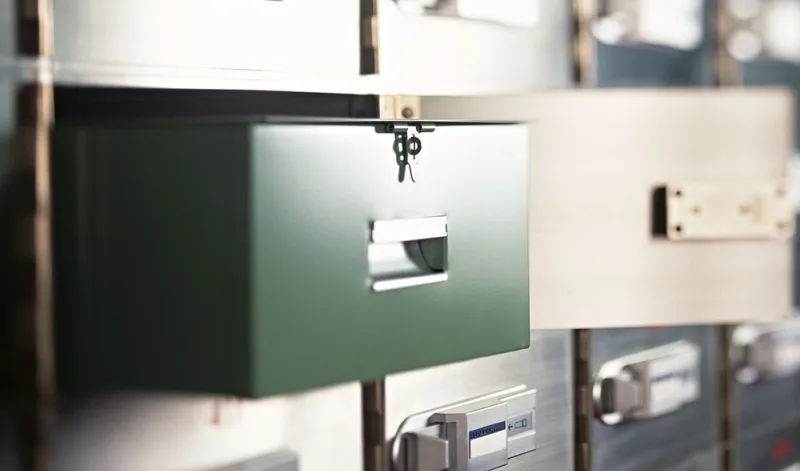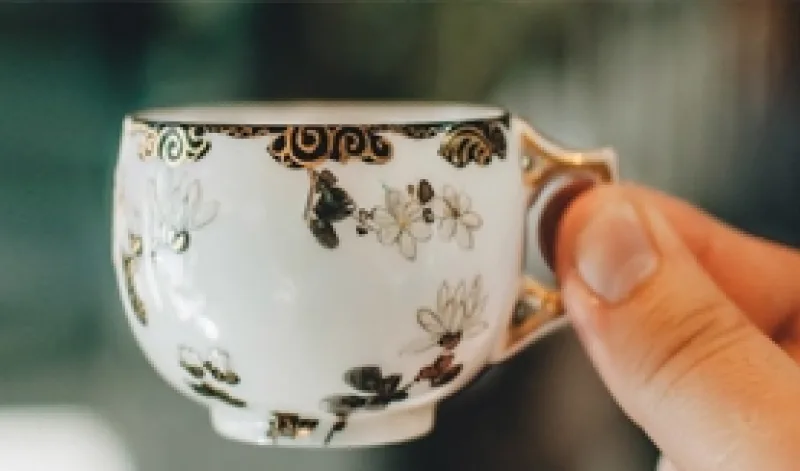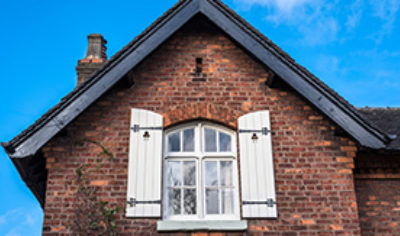Installing proper roof insulation will cut down on heating bills and protect pipes in lofts areas connected to expensive plumbing systems, during the cold weather. The cost of installing loft insulation will eventually be recouped through the savings made on electricity and gas bills heating the house. Heat loss lost through the roof accounts for about a quarter of the total amount of heat that escapes from most normal properties in the UK. Yet for a modest outlay this can be dramatically reduced. Likewise the cost of home insurance claims related to leaking water coming from the roof and through ceilings (as a result of frozen pipes in the loft) is considerable. The loft or attic area of a property is the coldest area of the house and in winter time pipes become become frozen in extremely cold temperatures. Therefore lagging the pipes to prevent pipes from the freezing up and bursting is essential.
To insulate the loft and protect pipe work you’ll need protective goggles, a face mask, gloves and a safety helmet. Handling insulation materials can be a messy job and the particles of dust and attach themselves to clothes and must never be breathed in. It prudent to wear a helmet because the limited headroom in most lofts can result in accidental bumps on the head if you’re not careful. Some lofts have been boarded over in the past while others simply have exposed joists sitting on top of the exposed ceiling plasterboard below. You will need to check the stability of the joists to ensure you can walk on them in order to prepare the insulation for laying. Never tread on the exposed ceiling below as you will more than likely put your foot right through the plaster board. To minimise the risk is it sensible to lay planks of wood across the joists and use these to stand on.
It is generally recommended that you purchase insulation at a depth of 200mm (which is about 8 inches in old money). The depths you choose may be dictated by the existing height of the joists which is largely dependent upon the age of the property. The insulation must be laid in the gap between the joists. There are various types of instillation you can choose from. The most common is called blanket insulation which is made up of a large role of glass fibre, rock fibre or mineral fibre. It is sold in various standard widths which usually matches up with standard builders widths between the joists. Simply unroll it and gently place it between the joists connecting the ends together to ensure no gaps between the roles appear which would allow heat to escape from. The average length is around 23 feet and can be purchased from most DIY stores throughout the UK. Loose fill instillation involves pouring the material between the joists and levelling it off with a spreader. It’s a messy alternative to blanket installation as particles can get blown around from draughts over time. Slab installation is similar to blanket installation and comes in standard with sizes to match the joists spacing. It can provide a more snug alternative as well as acting as a potential sound insulator as well.
Before laying the insulation remember to lag any pipe work laying between the joists and elsewhere in the loft space. Thick insulating spongy sleeves can be clipped round ordinary copper piping and can be taped off into position. Likewise if the cold water storage tank is located in the loft a padded jackets can be purchased to lag and protect this from the cold. It’s a good idea to leave a bit of a gap underneath the water storage tank so that warmth from the room below can enter the loft and help to prevent the cold water tank freezing up.




























